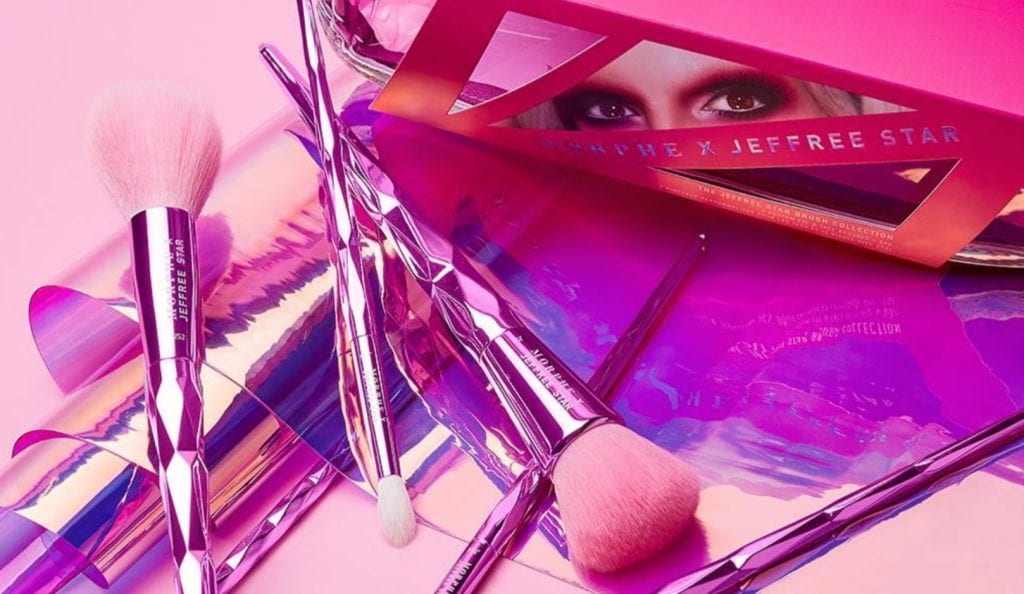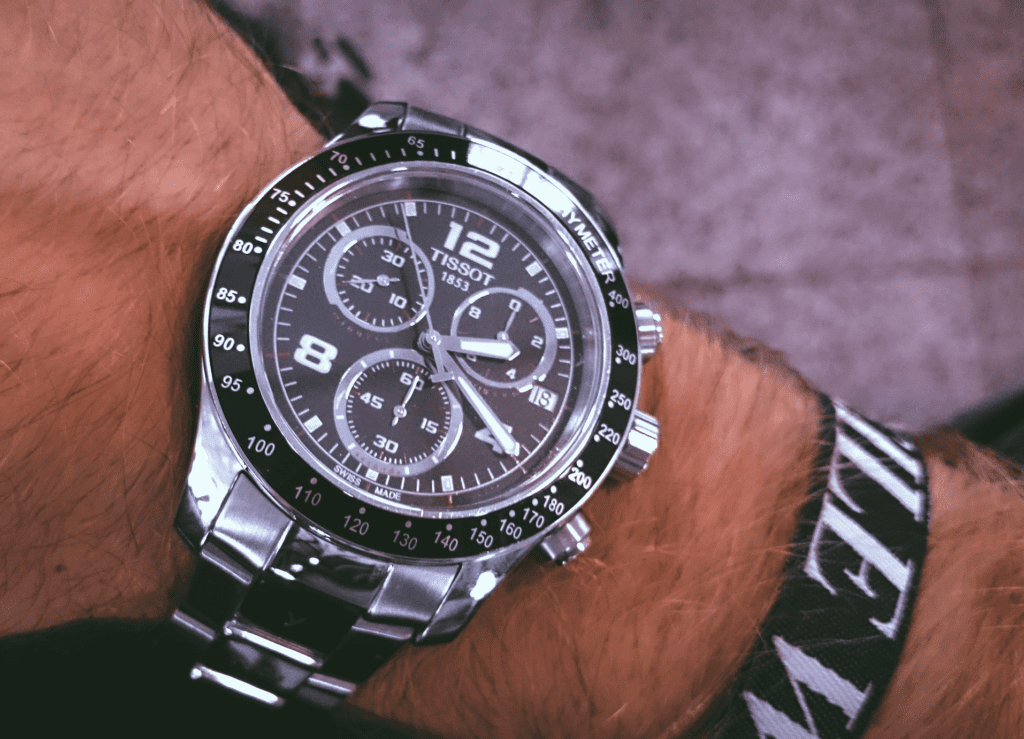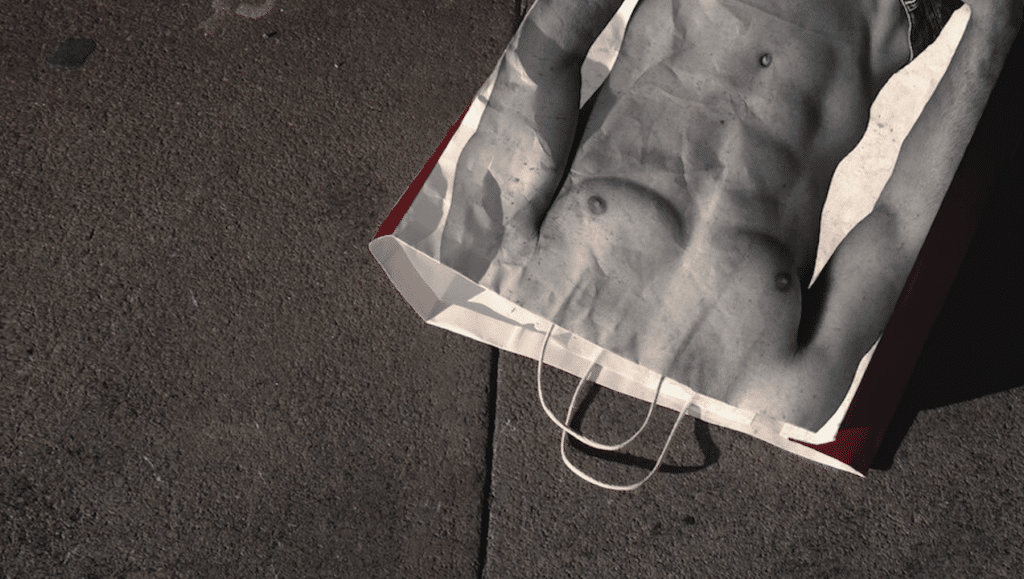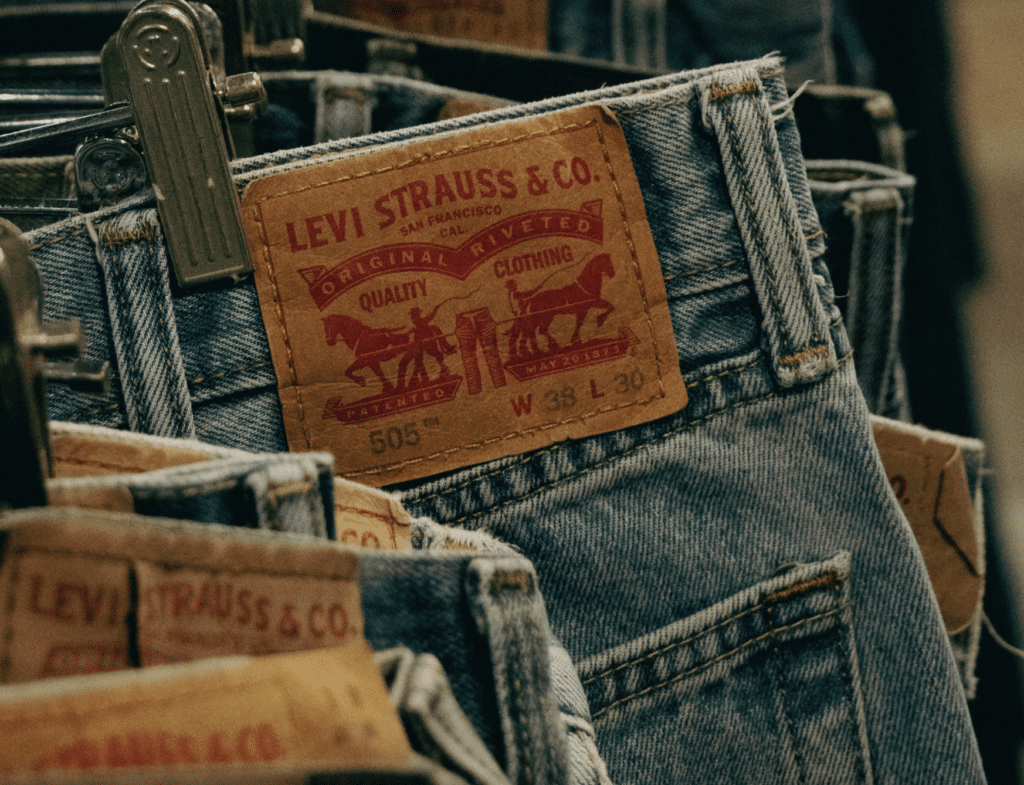In the early hours of the morning of March 15, thousands of boxes were taken from a warehouse in Southern California. Individuals entered through the building’s roof at approximately 1 am and made away with more than $2.5 million worth of makeup products bearing the name of Jeffree Star. The heist left the 33-year old YouTube mega-star short of tens of thousands of makeup palettes, lip liners, and a brand new collection of concealer, the latter of which had only just been revealed and was not yet available to the public.
Within weeks of the robbery, Jeffree Star products – which are sold exclusively on Star’s e-commerce website and through of a network of authorized sellers, such as Morphe, Beauty Bliss, and Beauty Nation – began turning up in out-of-the-ordinary channels. The stolen goods, including Star’s then-unreleased Magic Star Concealer, were being offered up to consumers in sizable quantities on Instagram and Facebook Marketplace, and as consumers would soon learn, off-price department store chain Burlington was stocking Star’s products, as well, even though it is not one of the names on Star’s list of authorized stockists.
Calabasas-based Star’s hot-selling beauty brand is not the first to fall prey to such a large-scale theft. In early 2017, Anastasia Beverly Hills had $4.5 million worth of its products stolen from a California warehouse of its own. At the time, a spokesperson for the Los Angeles Police Department Commercial Crimes Division Cargo-Hijack Unit said that it anticipated that the 100,000-plus Anastasia Beverly Hills “Modern Renaissance” eyeshadow kits that had been pilfered would turn up at local swap meets and on eBay. Large quantities were also expected to be shipped out of the country and distributed in foreign markets.
Meanwhile, networks of smash-and-grab criminals have been targeting luxury outposts across the globe – from Apple stores to Chanel and Louis Vuitton boutiques – and making away with tens of thousands of dollars of products, which end up back in marketplace channels and ultimately, in the hands of consumers.
These cases and others just like them shed light on the murky underbelly of alternative retail that coexists with the mainstream retail market – from the workings of the legally out-of-bounds black market to the multi-billion dollar business of offering up unsold seasonal goods at slashed prices.
The highly-populated and geographically-expansive black market is notorious for the legally-sanctioned products in its web, from fake pharmaceuticals and legitimate narcotics to $1.8 trillion worth of counterfeit consumer goods. But beyond the drugs, fake handbags, and trafficked organs is a market that is also rife with authentic products, ones that have been relegated to this segment of the market because of how they were acquired: theft.
Following large-scale heists, such as the one inflicted upon Jeffree Star, career criminals routinely turn to the black market. Faced with the risk of law enforcement attention that tends to follow from attempts to sell-off large quantities of branded products without the proper chain of title, the services of middlemen operating in or around the black market prove attractive to criminals, who can sell off their bounties, and walk away with cash. As a result, “There is always a certain amount of illicit trade in stolen goods that passes through the black market,” says political economy expert and Auburn University professor Paul M. Johnson.
Stolen goods in hand, middlemen get to work making them available to consumers in order to pocket the money derived from such sales. Given the rise of e-commerce, stolen goods are commonly listed on e-commerce marketplace sites and swiftly sold off that way. But, as the Jeffree Star case clearly demonstrates, these goods can also end up on the shelves of reputable – albeit unauthorized – retailers, such as Burlington.
How do stolen products end up in legitimate retail outposts? This happens largely because the $1 trillion-plus black market does not exist in isolation. Instead, it exists in coincidence with a number of other – often legal but unauthorized – streams of retail distribution that serve to muddy the waters.
To be exact, “the shadow economy encompasses more than just the trade of [fake and stolen] goods,” according to the Foundation for Economic Education. By way of various market participants and different levels of middlemen (with various levels of legitimacy), black market products commonly intersect with the legally above-board grey market ones, namely, authentic “products distributed through unauthorized channels.”
The situation becomes ever murkier thanks to the existence of billions of dollars worth of unsold seasonal products, such as high fashion garments and accessories, as well as cosmetics – that enter into the equation in need of alternative distribution, as well.
Here, middlemen, seeing an end-of-season opportunity, acquire authentic inventory (often times via brands and retailers) – whether they be Givenchy garments, Lululemon leggings, or luxury-branded fragrances – and sell it to eager retailers, such as Burlington, Marshalls, T.J. Maxx and co., which are in the business of taking that unsold merchandise, and offering it at a discount. It is not illegal, after all, for a retailer to sell authentic products if it is not on a brand’s list of authorized stockists.
When combined with an abundance of legally-permissible grey market goods and the inevitable mass of unsold seasonal products (such as the ones that help off-price giant TJX Co. bring in more revenue each year than Gucci, Saint Laurent, Balenciaga, Bottega Veneta, and Alexander McQueen combined), the chain of title for the products can become increasingly difficult to determine – both to retailers and even to the various levels of middlemen. That is almost certainly how Burlington ended up in possession of stolen goods, much to its public surprise and dismay.
In a message to his more than 14 million social media followers, Star best summarized the result of the confluence of alternate marketplaces that exist in retail (and thus, why it is notoriously difficult for even the most controlling brands to stay on top of what retailers are selling real and fake goods). “It is so twisted and has several layers,” says Star, who is currently working with the Federal Bureau of Investigation to get a handle on the large-scale heist of his products. And to be frank, he is absolutely right.











